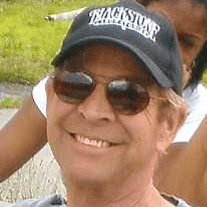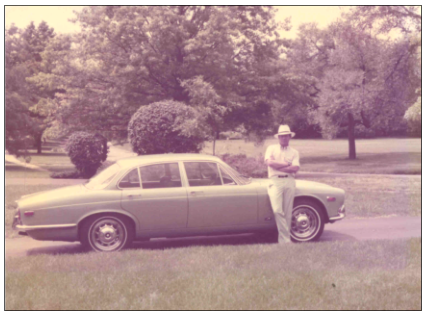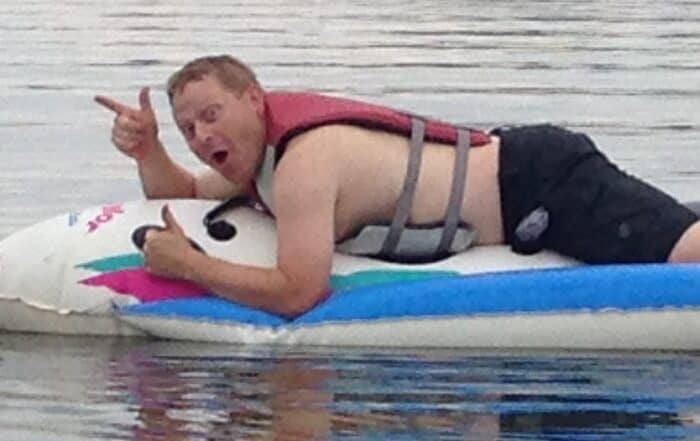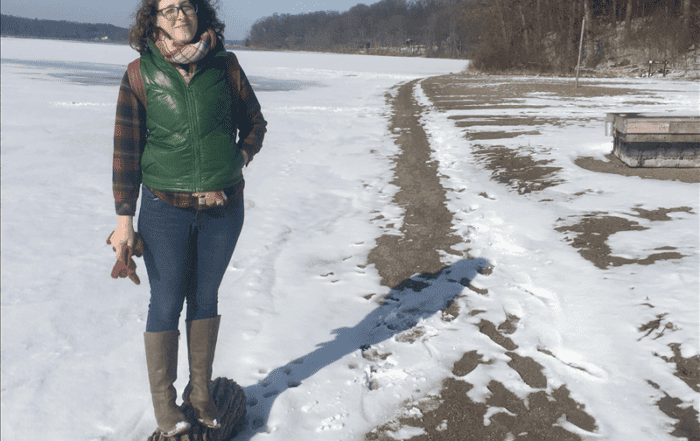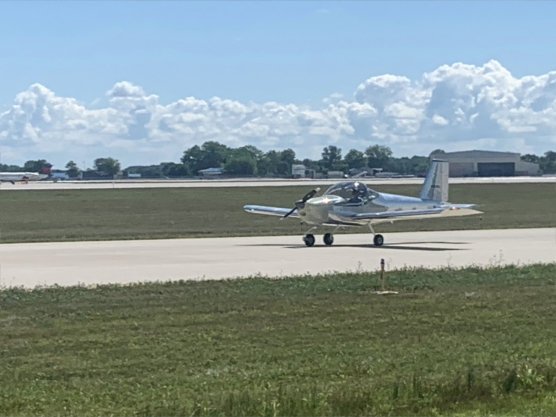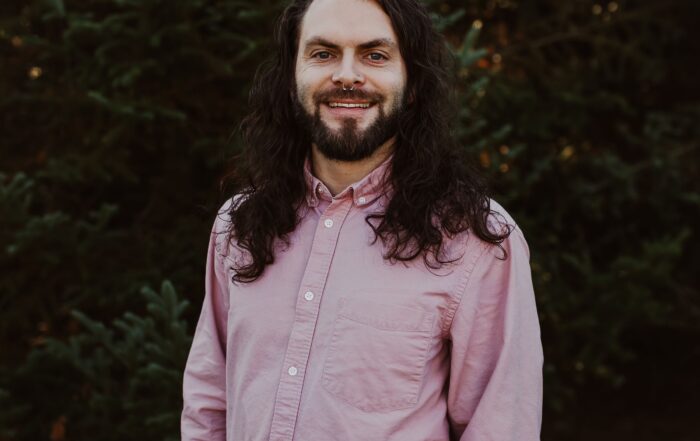Building an RV-12 (Part 1)
Building a plane, realizing a dream
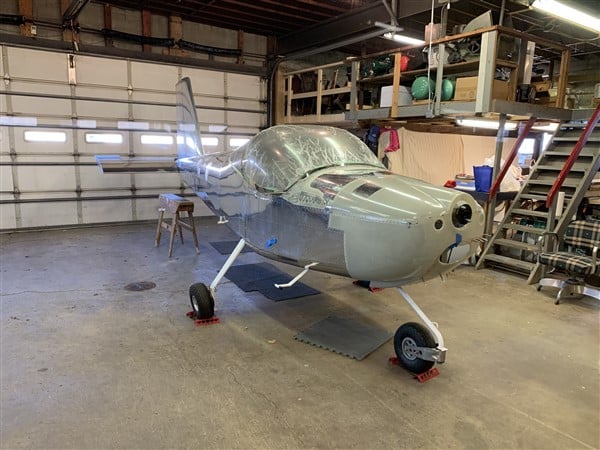
Like probably most of you, I read aviation magazines, including Sport Aviation, the EAA’s contribution to general aviation flying. In the 30 years since I first subscribed, I have read countless stories about building airplanes. After all those years the stories run together in a blurred line but a few oft-repeated ideas stand out. They don’t say much about what it is like to spend a couple or possibly a dozen years of your life trying to assemble something that may fly. You pick up instead the thought that if you want to finish the job you’d better do something on the airplane every day.
I’m retired. I have time on my hands. I’ve gotten much like the guys who write about building airplanes. I’m getting long in the tooth. We live on a farm property built more than 100 years ago and there is always work to do on the property. But after living here seven years, a lot of the essential stuff has been done. I talked with my wife Kathy about building the airplane, mentioning the time element — maybe 700-900 hours, as suggested by the kit manufacturer.
Turns out those hours were for someone else. Me? I’m a slow guy. I can’t predict how long something is going to take until I do it. So neither Kathy nor I suspected that nearly two years from the time I picked up the first kit, I would still be lingering on the wings with the third kit waiting on me to open and inventory. I’m looking forward to that third kit. It is the part of the airplane with seats you can sit in and make airplane noises. It is also the part that the wings slide into and the rear fuselage rivets to, which will surely make the project look more like what I tell people it is.
The tools of the trade
I started out in the basement doing the most elemental work while remembering the tools of the trade I once worked with as an aspiring aviation mechanic. That was in school, not the real world. In the real world I didn’t remember as much as I thought. Thank goodness there is no welding or much fabrication with this kit. Van’s, the manufacturer, suggests they supply everything but the engine fluids and paint. I’ll take a minor exception to that. There is some fabrication.
There are a lot of tools required, few of them I already had. I bought tools piecemeal, suffering the waiting time for each to arrive, and then about halfway to where I am now, I read where Aviation Tool Company had a complete set of tools you will need at about half the cost I probably paid buying them one at a time. And yes, you really do need the exact tools Van’s recommends, not some dusty, rusty tool you have stored under your bench. I speak from experience: you can only fool yourself on this type of project.
Mistakes will be made
Van’s does an amazing job with their kits. They are exact. All the holes line up, even across the kits. The instructions are good, precise, and accurate. Written by engineers, you really need to pay attention to what is stated. Miss something and you will be rebuilding.
This attention to detail is not a natural thing. We tend to gloss over things, thinking we know what is being said and then moving on. But that won’t work for you on a Van’s kit. Read it. Read it. And read it again. Repeat as many times as necessary to fully understand what is being said. You will make mistakes¾everyone does. So I suppose there are no perfect airplanes. Maybe I should say there are no perfect homebuilt airplanes. It is up to the builder to decide if an error weakens the airframe. Being trained as an A&P mechanic, I think I have a fairly good feel for making that determination. Up to now any errors have been correctable and I’m confident when I test fly it there will be no problems.
I made a mistake on the vertical stabilizer, the first large piece I assembled. The last step to that part is bolting on the rudder hinges. The bolts suggested for the job would not go into the locking nut-plate holes I had riveted on the inside of the spar. I could not believe it. I called Van’s. The guy I talked with led me to understand the error, which was going to require drilling out a bunch of rivets to get down to the spar, drilling out the countersunk 3/32” rivets and riveting the right nutplates to the spar. No harm done, but it cost me a few days’ work.
So I’ve had to back up a few times but I’ve learned to read these plans better. I think harder on things before proceeding. A friend said he needed to build an airplane so he had a place to focus his thoughts. That’s a good description of what the building is like. It gets intense. Time flies.
You need space
When I started the wings I had to move out to the garage. They run about 15 feet, though nearly 4 feet of the inboard spars overlap in the cockpit behind the seats. There wasn’t enough room in my short-guys basement to get the wings built. It was fall when the wings arrived, so I was thinking about winter. I have a fine garage, but no one ever thought about heating it so far as I can determine.
I spent October insulating and installing heat in the garage. Even with that, the warmth is minimal. When it really gets cold, down around 10 degrees F, I have to find something else to do. I can’t tell you how many times my airplane building has been interrupted. I only thought I could build an airplane without a bunch of additional work to provide a good workspace (first the basement, then the garage).
All in all I’m happy with what I’ve put together so far. The RV-12 looks like a small Cherokee, though two seats instead of four. The wings are about the same, using the Hershey Bar design. This airplane is light, maybe 800 pounds including the engine, which may go more than 300 pounds. It’s stick-flown so I would expect it to be twitchy, especially in pitch. But Van’s says no. It is sensitive, maybe, but not twitchy. I’m looking forward to finding out. Maybe by next summer I will get this airplane built.
Related articles
A New Wave
Saying goodbye to my 1984 Chevy
TBNs & TANs: Part 2
Determining how heat affects the TBN and TAN of the oil
Finishing the RV-12
The last article in our series on finishing the RV-12
In the Thick of it!
Five cities, five days, 5000+ cars: the 2024 Hot Rod Power Tour!

